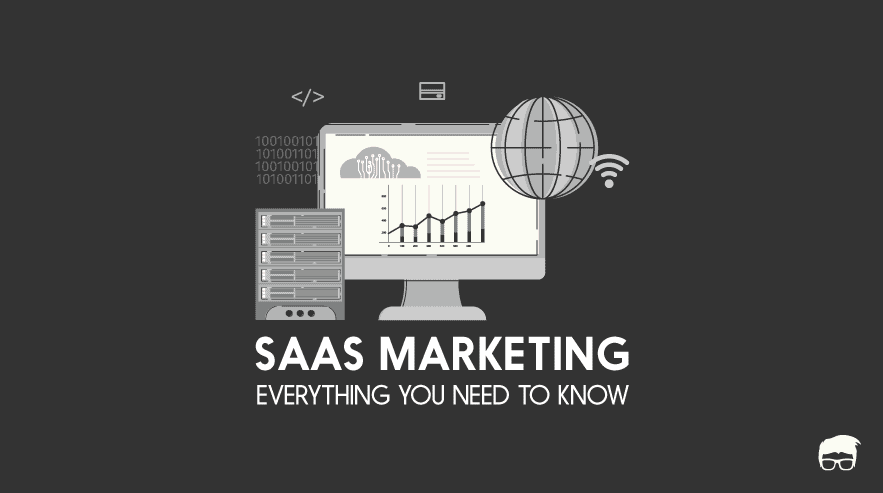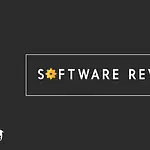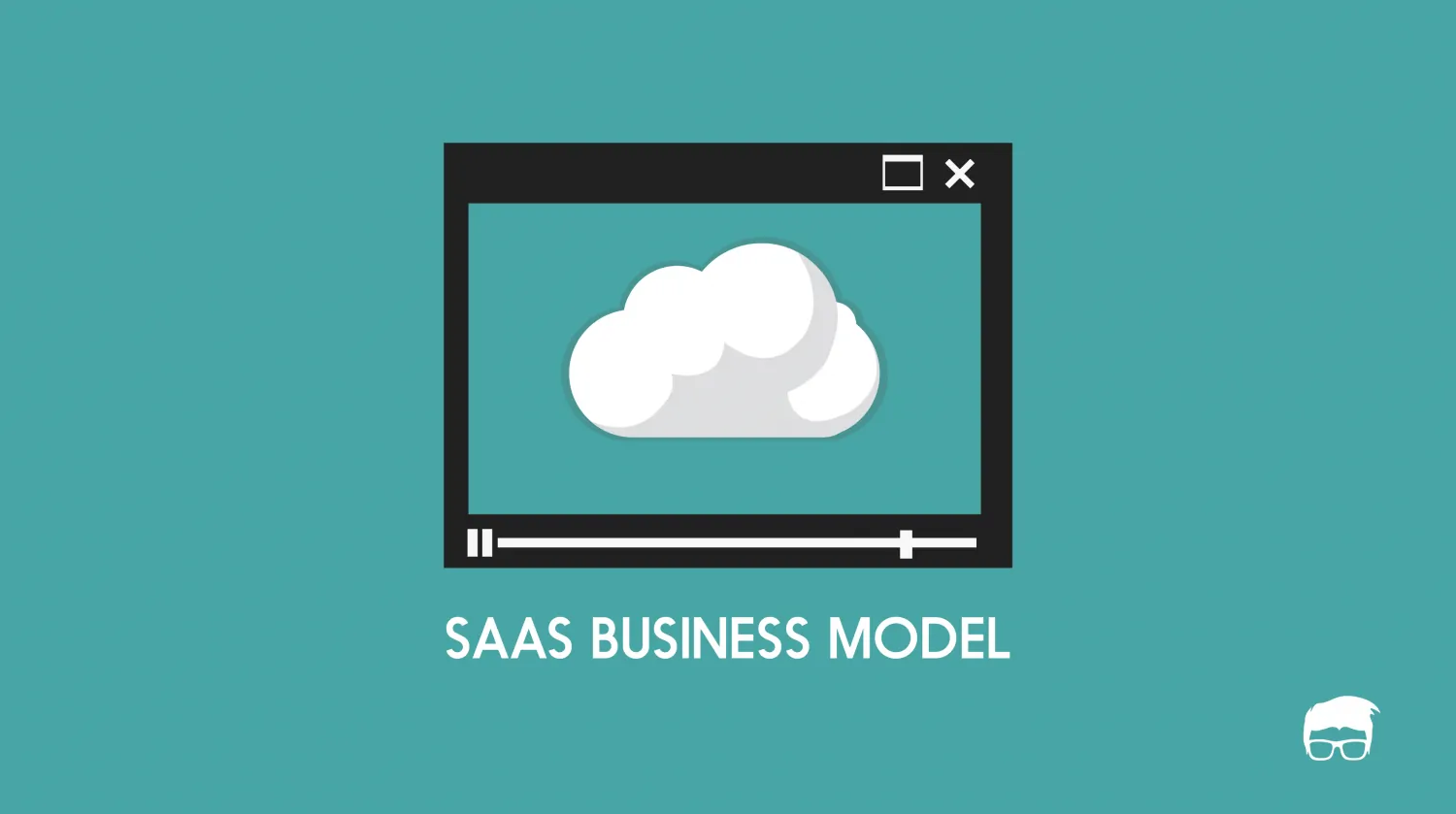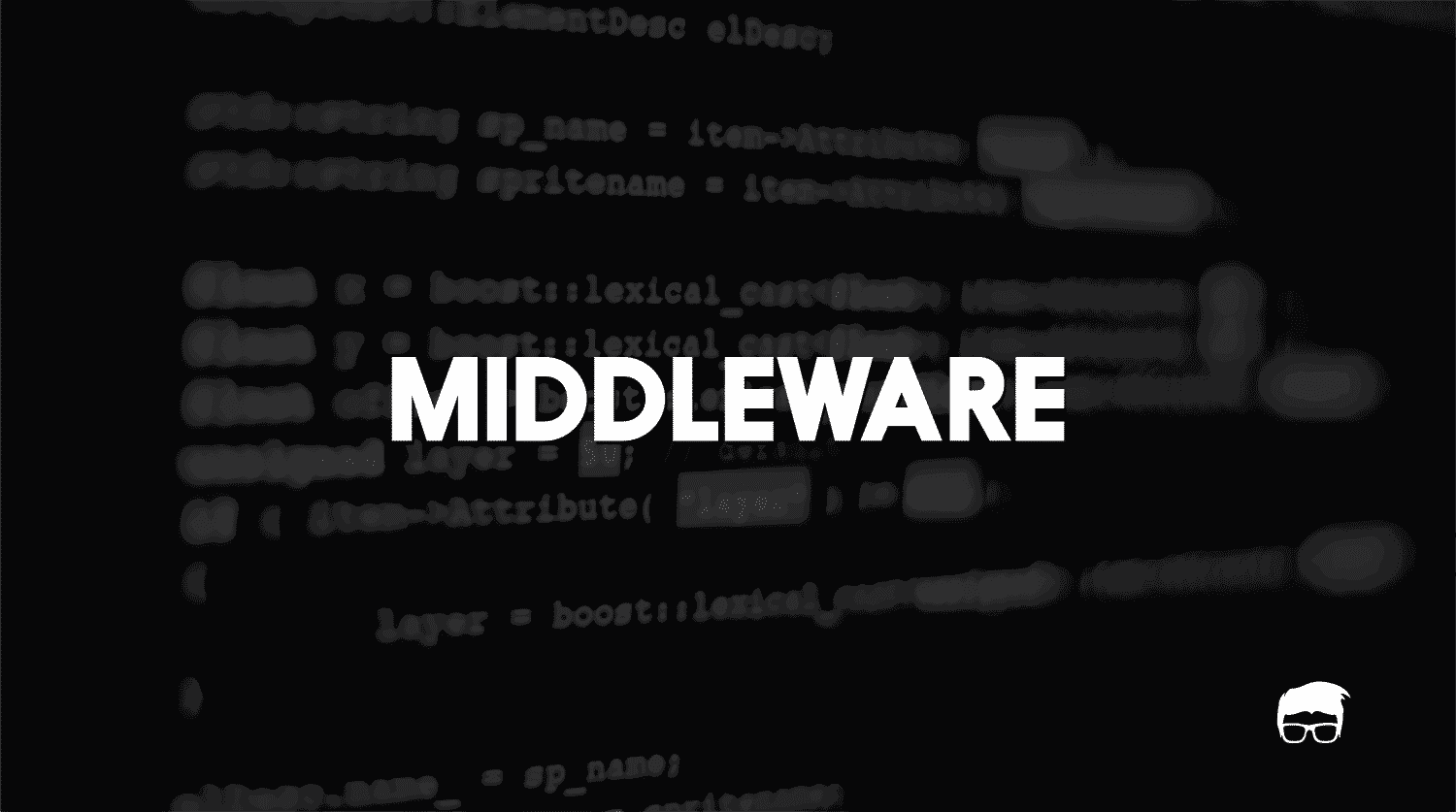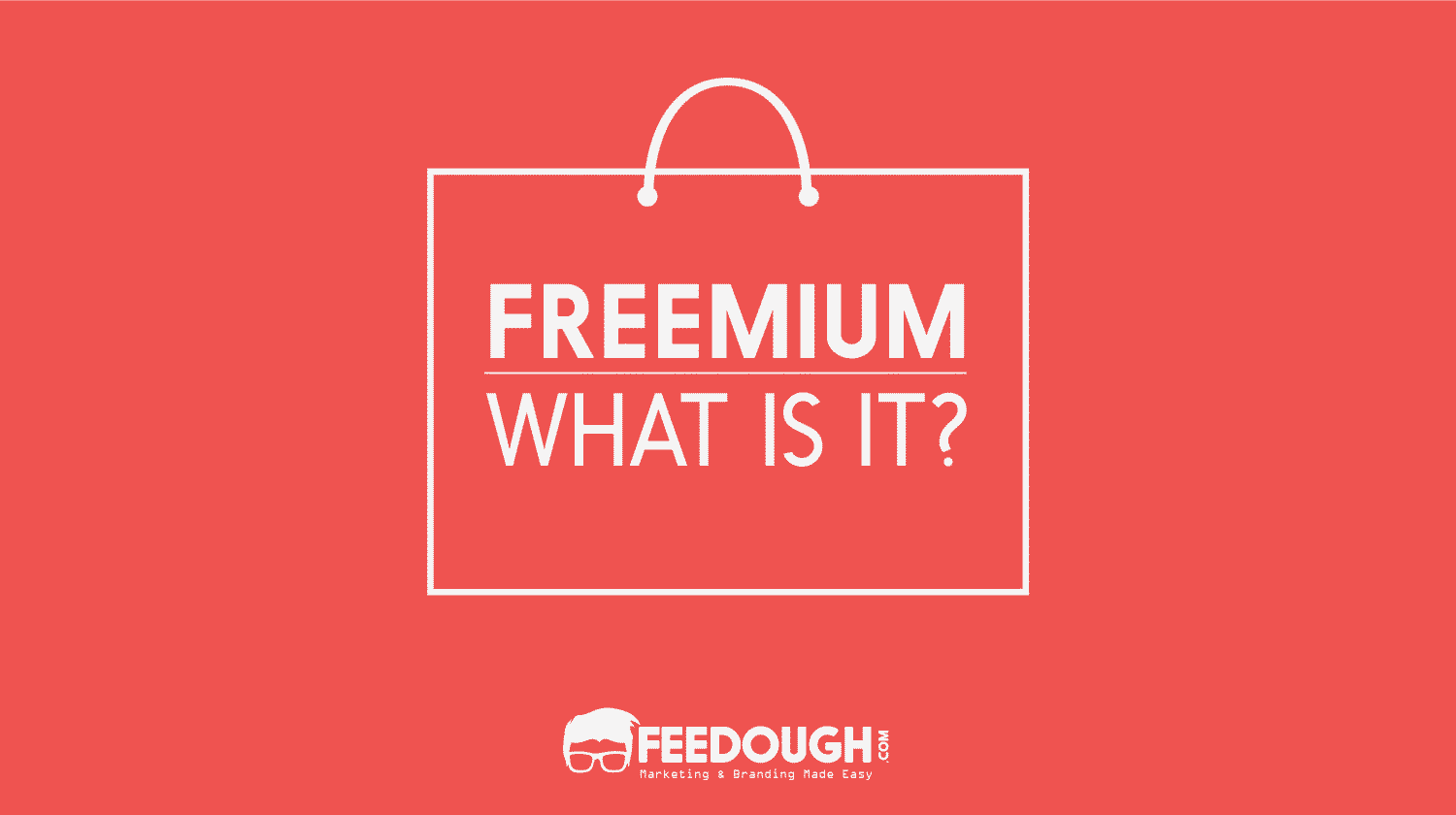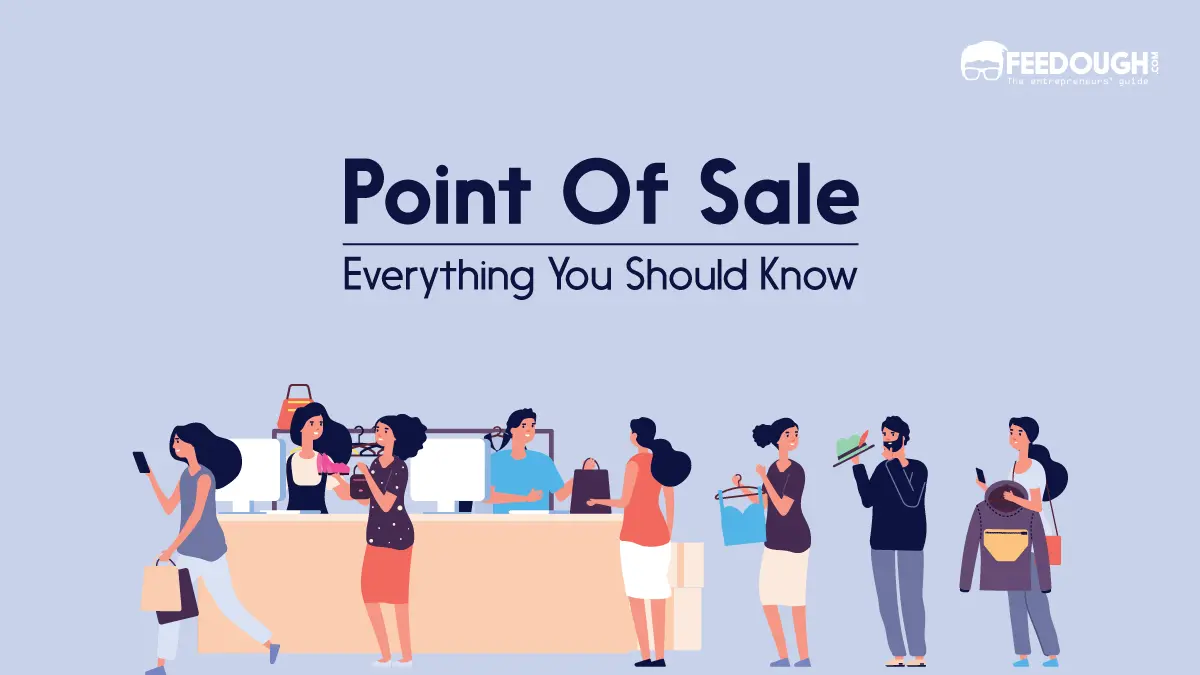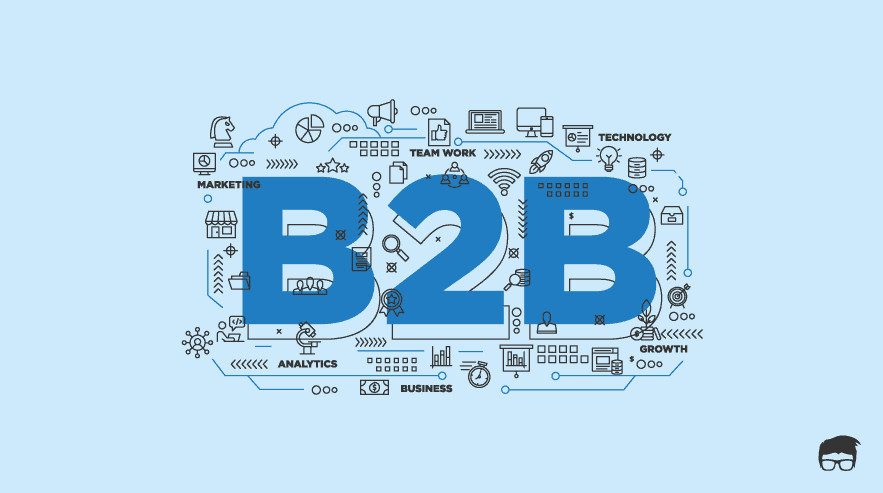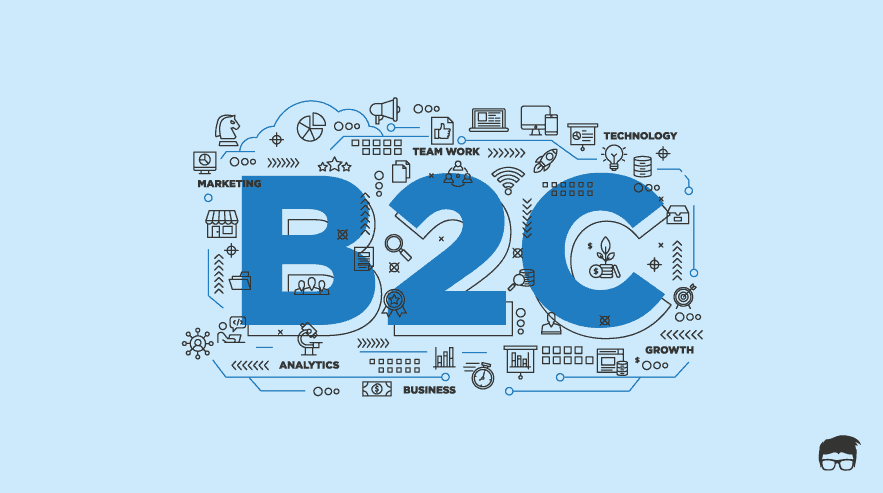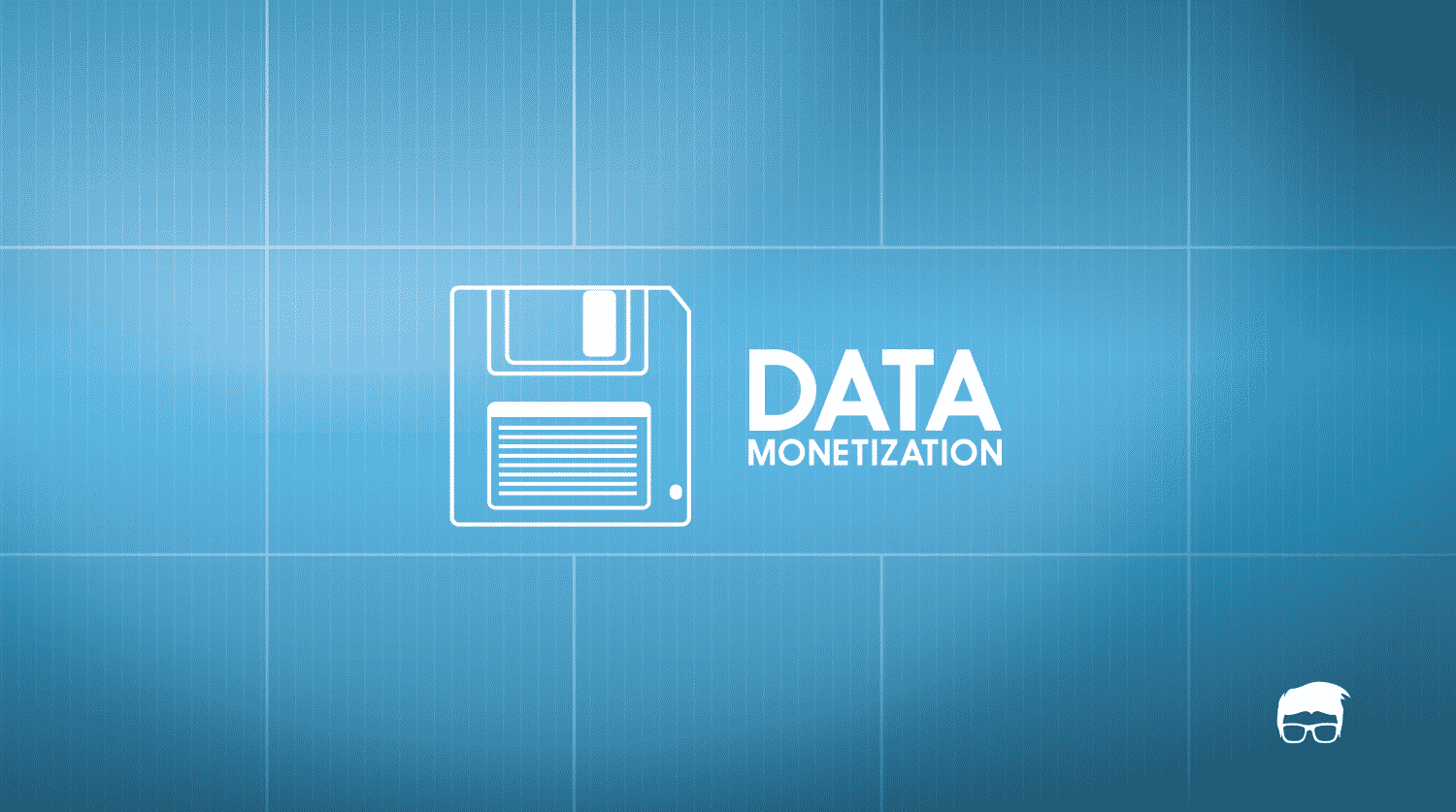Have you, in the last five years, used a C.D., floppy drive, or a camera with a film tape?
Probably not.
Chances are that most of you are not even relying on purchased software to do your tasks anymore. Most of the tasks are now performed online on the cloud on web-based applications like Google Drive, Onedrive, Dropbox, Spotify, Audible, etc.
These software on the cloud are often provided as software as a service where you don’t actually buy the software, you buy a subscription or pay as you go for the service used.
But how do companies sell such online software to you? More importantly, if you want to market software as a service, how do you market it successfully?
Welcome to the era of SaaS marketing.
Here is a comprehensive guide to help you understand what exactly does SaaS marketing means, how does it work, and how can you use it to market your software.
What Is SaaS Marketing?
SaaS marketing refers to marketing software as a service through cloud-based applications, usually by way of a subscription model.
Under this form of marketing companies sell web-based software services. Such services are usually sold through pay-as-you-go models like a subscription plan.
What Is A SaaS Product?
A SaaS product is a third party application that is accessible over the internet with no physical connection to any device.
Some examples of SaaS products are Google Drive, Onedrive, Dropbox, Slack, Hubspot, Wordpress, etc.
SaaS is one of the three categories of cloud computing services. The other two are:
- IaaS – Infrastructure as a Service
- PaaS – Platform as a Service
In such a SaaS business model, businesses host and manage servers, databases, and the codes required for an application to function, while the user access and using just a basic computer and internet.
Some of the top SaaS providers comprise of Salesforce, Oracle, and Microsoft.
SaaS Marketing vs Traditional Marketing
The three main differences between SaaS marketing and traditional channels of marketing are:
Sale Of An Intangible Product
Convincing a user to buy an invisible software is what SaaS marketing is all about.
Unlike traditional software, where the user had to make sure his system is up to the mark to run a product bought the market, SaaS platforms do not need any kind of physical installation of the application. A SaaS business hosts, maintains, and updates the application automatically.
What is offered to the user is a service that solves his problem over the web.
Shorter Sales Cycle
When it comes to B2B sales, several businesses consider 12 months to be a good sales cycle.
However, when it comes to SAAS sales, the average sales cycle is about 84.3 days.
With SaaS products, there is no window-shopping. The whole buyer’s journey differs. The user reaches the brand website after doing some online research which was triggered by a need or want. The marketer nurtures this lead by providing a trial or demo of the product and the user either becomes a customer within two-to-three months or churns out.
There are no long and drawn out sales engagements and follow-ups like B2B sales. Software is getting improved by the minute. Therefore, SaaS customers and businesses actually convert to purchase very analytically and quickly.
Long Term Customers
SAAS sales doesn’t end with just the sale of the offering. It runs on a subscription model where most of the revenue comes from the existing customers. Often, 80% of the revenue comes from just 20% of the customers. These 20% customers are the long term subscribers of the offering.
How To Create A SaaS Marketing Strategy?
Developing a SaaS marketing strategy is similar to developing any other marketing strategy. All you need to do is to develop a marketing funnel after understanding the consumer behaviour and the buyer’s journey.
Consumer behaviour is the study of how consumers make decisions about what they need, want, and desire and how do they buy, use, and dispose of goods.
The buyer’s journey refers to the steps that a buyer goes through before purchasing a product.
In simple terms, to develop a SaaS marketing strategy, you first need to understand why consumer will buy your offering and what will lead to this purchase.
Once this is done, you develop a SaaS marketing funnel.
A SaaS marketing funnel is the sales and marketing process of your SaaS business panned out from start to end. It includes the entire process of how you introduce your product to potential customers, how you convert, how you upgrade and nurture the relationships with existing customers, etc.
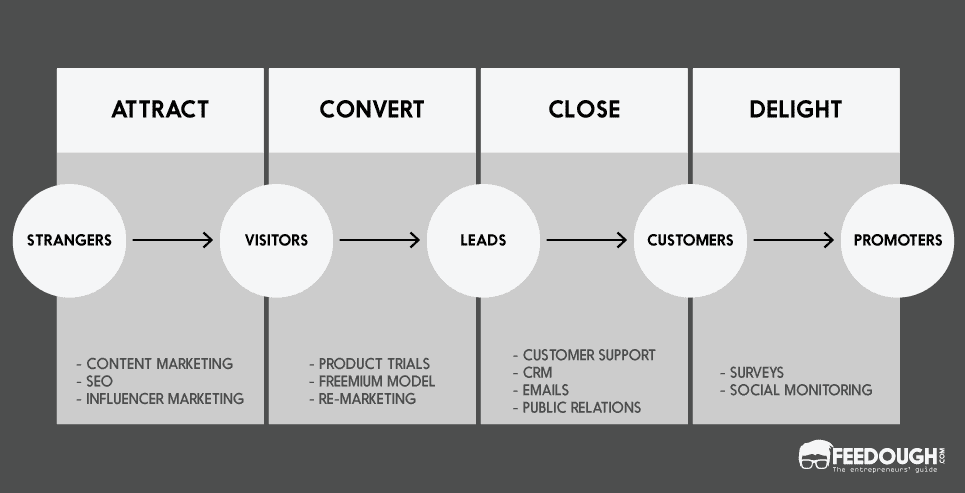
To begin creating your SaaS marketing plan, follow the 4 primary stages of the funnel:
Stage 1 – Brand Awareness – Attract
The first step toward any marketing process is to attract strangers to notice your brand or the offering.
This stage usually involves using these SaaS marketing strategies –
Content Marketing & SEO
Content marketing is a widely used SaaS marketing strategy. Numerous SaaS marketers like Dropbox, Intercom, etc make extensive use of this.
It is a strategic approach where you identify the buyer’s journey and provide him valuable, relevant, and consistent content to answer his questions and clear his doubts regarding the niche you operate in.
A successful content writing strategy must make sure to provide engaging and attractive features in its content. Think about what are people buying your SaaS product for? Is it for entertainment or data management or marketing? Create content focusing on such interests and your product and optimize it for the search engine.
According to research, 60% of shoppers begin their research on a search engine. That’s where they search if the offering for their need exists, the best offering out of the lot, what factors to consider while subscribing to the offering, and how to get a deeper knowledge about the niche. This is where content marketing helps you to establish a brand image.
For instance, Hubspot made tremendous sales by engaging in a rigorous content marketing strategy. They create content related to the marketing domain about aspects directly/indirectly related to their marketing services.
Influencer Marketing
You can also make use of influencers to market your software as a service, depending upon the niche. This strategy involves partnering with known influencers in the niche you operate in to promote your offering or brand to the target audience to increase exposure and sales.
Audible is a perfect example of a SAAS company that successfully integrated an influencer marketing strategy to attract customers. The company partnered with an influencer marketing agency to promote its #newyearnewme campaign to increase its brand exposure.
The results were in the brand’s favour.

Stage 2 – Convert
Once the brand awareness is spread and the potential customers start visiting the offering’s website, the next stage would be planning how to make them convert.
Some strategies that help you convert visitors to customers are –
Product Trials
If you were a traditional business, giving away free product trials would might not make sense to you.
For SaaS businesses, it’s quite the opposite.
Product trials and free usage are win-win for SaaS marketers. How?
Imagine if you want to buy 1TB of online cloud storage space.
Google Drive is one contender for it (It costs $9.99).
Dropbox provides it too, and so does Amazon Drive, Onedrive, etc.
Now, since most of these services are priced similar and even offer similar features, there is a lot of customer friction in attracting the customer to your offering.
Let’s take another scenario –
You just found out that a new remote workers management platform is released with most of the features you wanted for your team. The SAAS is priced at $10 per person per month and you have a team of 20 people.
Now, since this is a new platform and there aren’t much reviews about it, it’ll not be a nice decision to dedicate $200 to it per month before even trying it.
Not only you, but most SaaS customers would choose to get a free trial. ‘Free’ is like the oil to make your SaaS marketing engine run smoother and quicker. Product trials may include:
- Time-bound trial. Example – Netflix 30-days trial.
- Usage-based trial. Example – Buffer’s 3 social media network limit in trials.
Freemium Model
Freemium is an internet-based business model where the basic services are provided free of charge but charges are levied on additional premium features. That is, you get to use the basic functionality of the SaaS for free but would be asked a price if you wish to upgrade or want an addon.
Trello is a great example of an SaaS running on freemium business model. It is a collaboration tool that helps you manage your team and work better remotely. The basic functionality of the tool is provided for free to everyone. However, to avail third party integrations and other add-ons, the user has to subscribe to the premium plan.
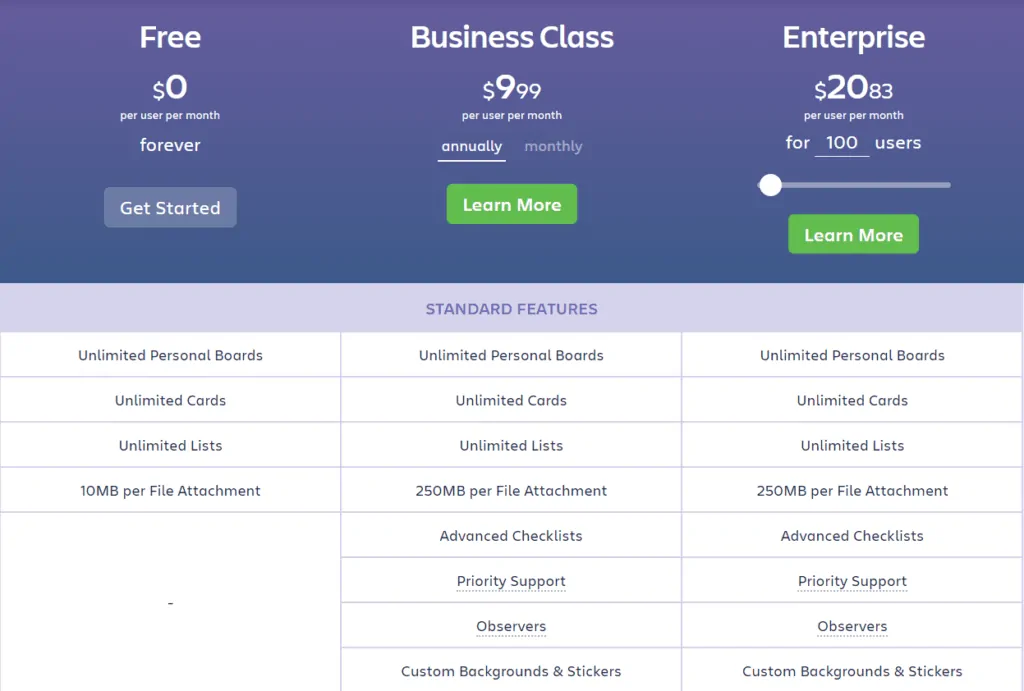
Remarketing
Remarketing facilitates the conversion of customers who didn’t convert to purchase in your first attempt. This would help re-engage those people who left your website without purchasing your software. For SaaS marketers re-marketing could range from:
- Following up with people who left your website without buying or who left too soon, with the help of paid advertisements.
- Offering them special discounts to convince them to convert.
Stage 3 – Customer Relationship
SaaS models are heavily based on subscription models. This means that your customer will be in contact with you for a much longer time than a customer for any other tangible product like toiletries, household products, etc.
Therefore, a purchase doesn’t mean that your business is over. This is where the business starts for most SaaS offerings. You need to maintain your relationship with the customer because you want them to come back to you after their subscription expires instead of your competitors.
Whether it is through loyalty programs or customised emails keep reminding your customer that you value them. Here’s what you can do to manage healthy customer relationships –
- Use a CRM platform to keep track of every customer.
- Send occasional emails according to the customer relationship with the brand to increase loyalty and remind them about your offering.
- Maintain a responsive and proactive customer support team that focuses on reducing customer grievances.
- Have an efficient public relations strategy to maintain a good public image among the target groups.
Stage 4 – Feedback And Referral
So now the final stage while planning your SaaS marketing funnel would be to gain feedback from your customer and delight them. Your customer knows about your software. Your content influenced them to buy it. It’s been 6 months since your customer has been using your software. Your customer is satisfied. But a marketer’s pursuits never stop. This means that if you receive poor feedback, take it constructively and re-build and re-plan. There are numerous survey tools that you can use to get feedback and can even track social media networks and other review websites for customer feedback and experience stories. But make sure that you actually work on what feedback your customers give.
The main ingredients of this delight stage are:
- Impresses customers
- Boosts referral marketing
- Immense boost in lead generation
- Organic promotions.
Though this is a four-step process, it doesn’t mean that your SaaS marketing funnel ends here. You must attempt to understand what metrics matter in the SaaS industry and analyse your business according to those metrics.
What Are SaaS Metrics?
SaaS marketing is a difficult form of marketing because selling virtual software is different from every other form of marketing. In such a case it is vital to be aware of the metrics that matter for your SaaS marketing funnel. The top metrics to compute and analyse out for are:
Churn rate
Your churn rate is an important metric for SaaS marketing because of two reasons:
- Customer retention in the case of SaaS products is inexpensive
- Because of a subscription model, there is a high chance your customers leave after their subscription ends
Churn rate will help determine how many customers leave. A high churn rate will mean – Focus on stage 3 customer relationship and stage 4 of feedback and delight of the SaaS marketing funnel. A low churn rate means – Focus on building brand authority and attracting new customers through stage 1.
Customer Acquisition Cost & Average Revenue Per User
Customer acquisition cost (CAC) is a useful metric for SaaS marketing because the money spent on developing software and applications is large. Therefore, you must ascertain how much additional money you spend on acquiring customers. After knowing your CAC, compare it to your Average Revenue Per User (ARPU).
Let’s say you spend $100 on gaining one customer. You gain $74.99 per customer from your subscription cost. This means that you are under a constant loss of 25.01% because you are spending more on gaining customers than you gain from their revenue. But actually, 25% is quite low, because your customer will pay $74.99 every month, but you spend $100 on one customer only once.
Demo-Trial Ratio
The demo to trial ratio helps understand how many trials and demos are converting into sales. Since SaaS is heavily based on subscription and product trials, people may try to get free trials out of you every time. This would mean huge losses for your business. Measuring your demo-trial ratio metric helps ascertain how many trials turn into closed deals. Is your number high enough? Is it gradually dropping?
Net Promoter Score
The last metric toward a successful SaaS marketing funnel is the net promoter score. The NPS helps measure how likely are people to recommend your service to others.
Imagine this – Your sales are average, your content is excellent, and your product trial offers are excellent. But your company has not been growing for 2 years now. You are stuck at this average stage with excellent content. What to do? In such a situation, NPS will help you understand how your customers feel about your product. Do they want to recommend it to others because it is good? Or they rather not recommend it because it is mediocre or unsatisfactory? The NPS helps the fourth stage of the SaaS marketing funnel – feedback and referral.
Best SaaS marketing campaigns
Canva
Canva is a graphic designing website. It is SaaS in the sense that they offer intangible and online graphic designing tools to customers. Canva heavily relies on two models of SaaS marketing:
Freemium Model
Canva offers a set of free basic tools and templates for 30 days. The 30-day trial makes customers hooked on to the product. Once users have developed a habit of the product, it would be easier to make them purchase the service.
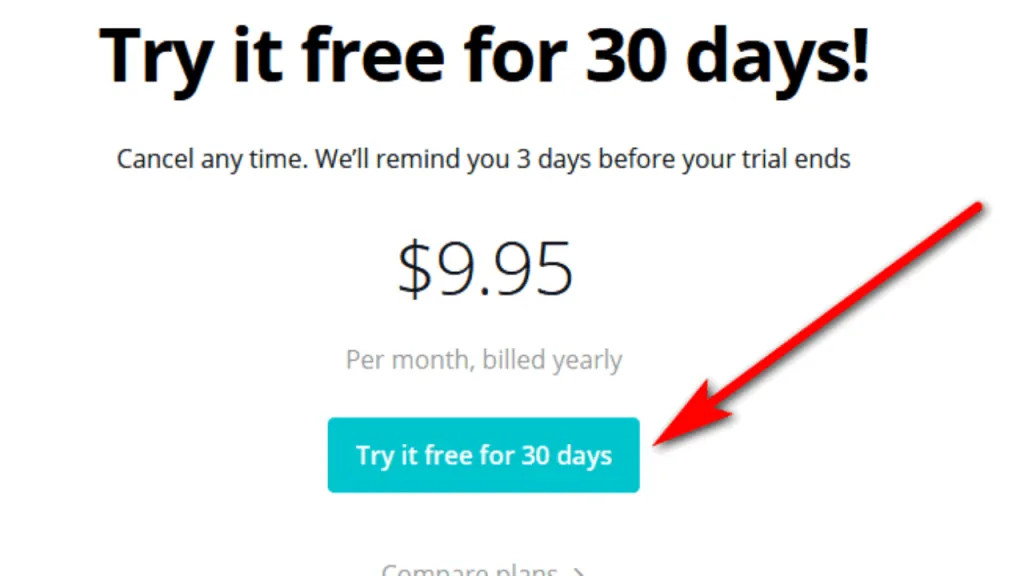
Influencer Advocacy
Mainly through social media and YouTube, Canva promoted its SaaS business. They contacted YouTubers to make video tutorials on how easy it was to use Canva, and social media influencers to share content made on Canva to show how appealing and attractive it is.
Dropbox
Dropbox is a file hosting service that sells cloud space for data storage. It is one of those SaaS businesses which seem difficult to market and advertise about. How often do you discuss file hosting and storage with your friends? Probably not at all. But Dropbox still managed to do it pretty efficiently. Two of the SaaS marketing strategies heavily followed by them is:
Referral Marketing
Dropbox introduced an offer through which you could invite your friend to use Dropbox and then both of you could gain 500MB of extra cloud space. This increased Dropbox’s referrals by a big 60%.
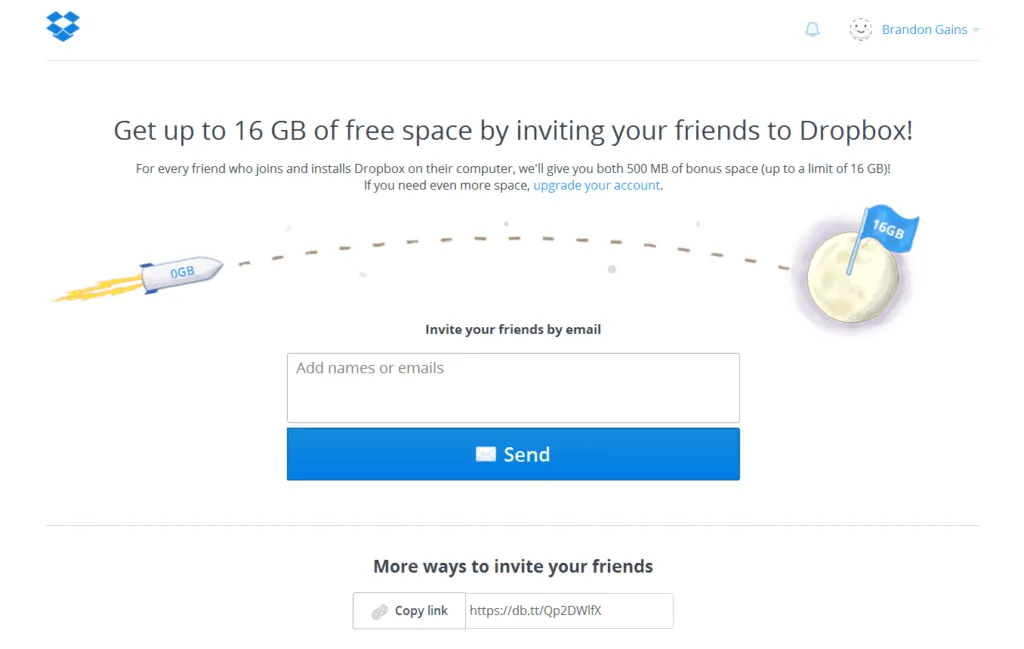
Content Marketing
Dropbox has a complete blog page. They use this to create content that either directly promotes their products through how-to guides and descriptions of features. They also create content that indirectly markets their service through new developments in the technology field, interesting projects taken up in the technology field, etc.
Go On, Tell Us What You Think!
Did we miss something? Come on! Tell us what you think of our article on SaaS marketing in the comments section.
A marketer with a specialisation in Economics, Law and Computer Studies. Performed social media marketing for McDonald’s, GoIbibo, and LaughGuru.
